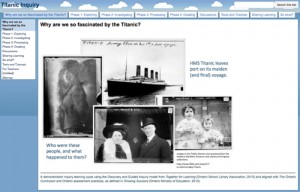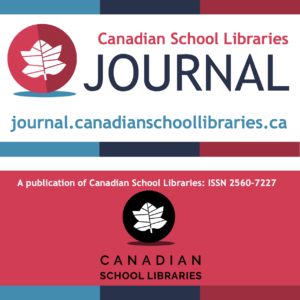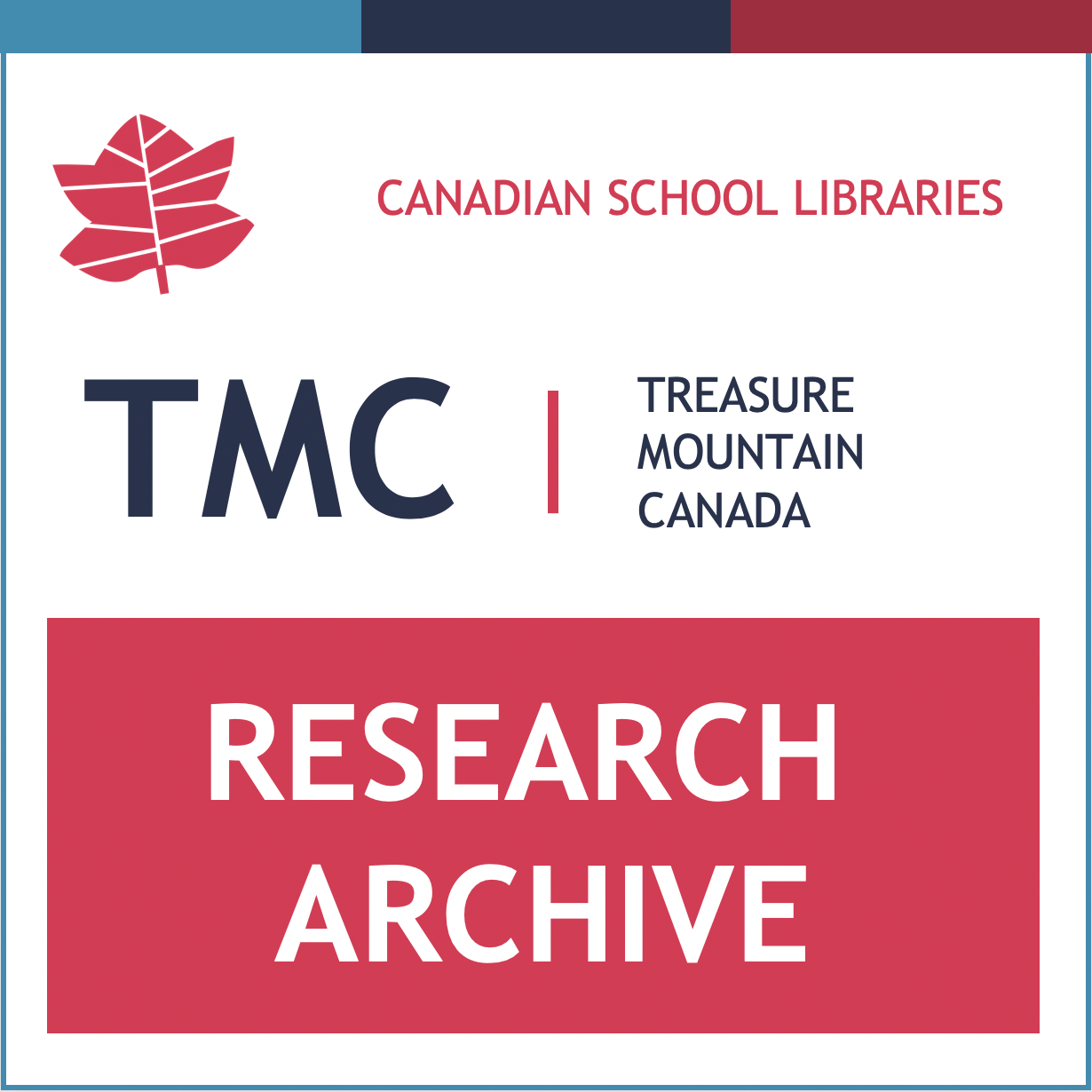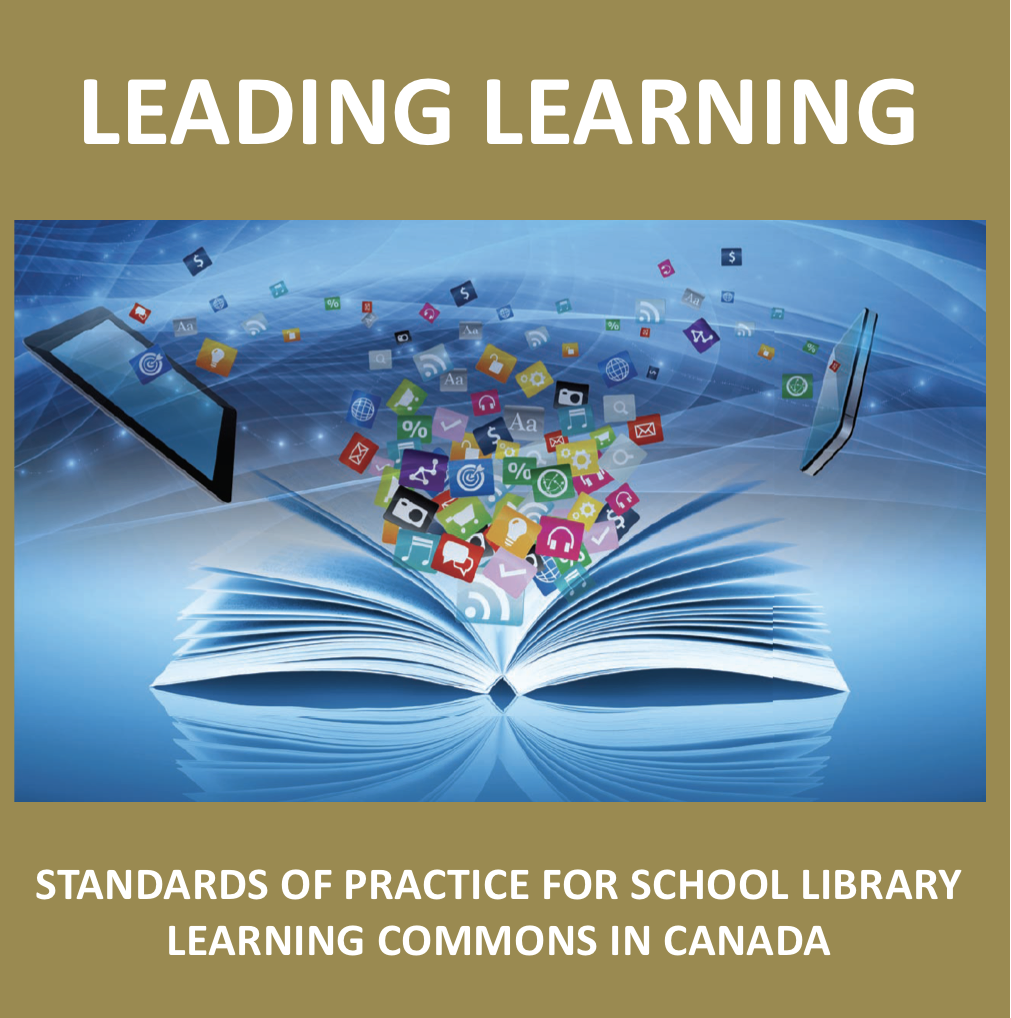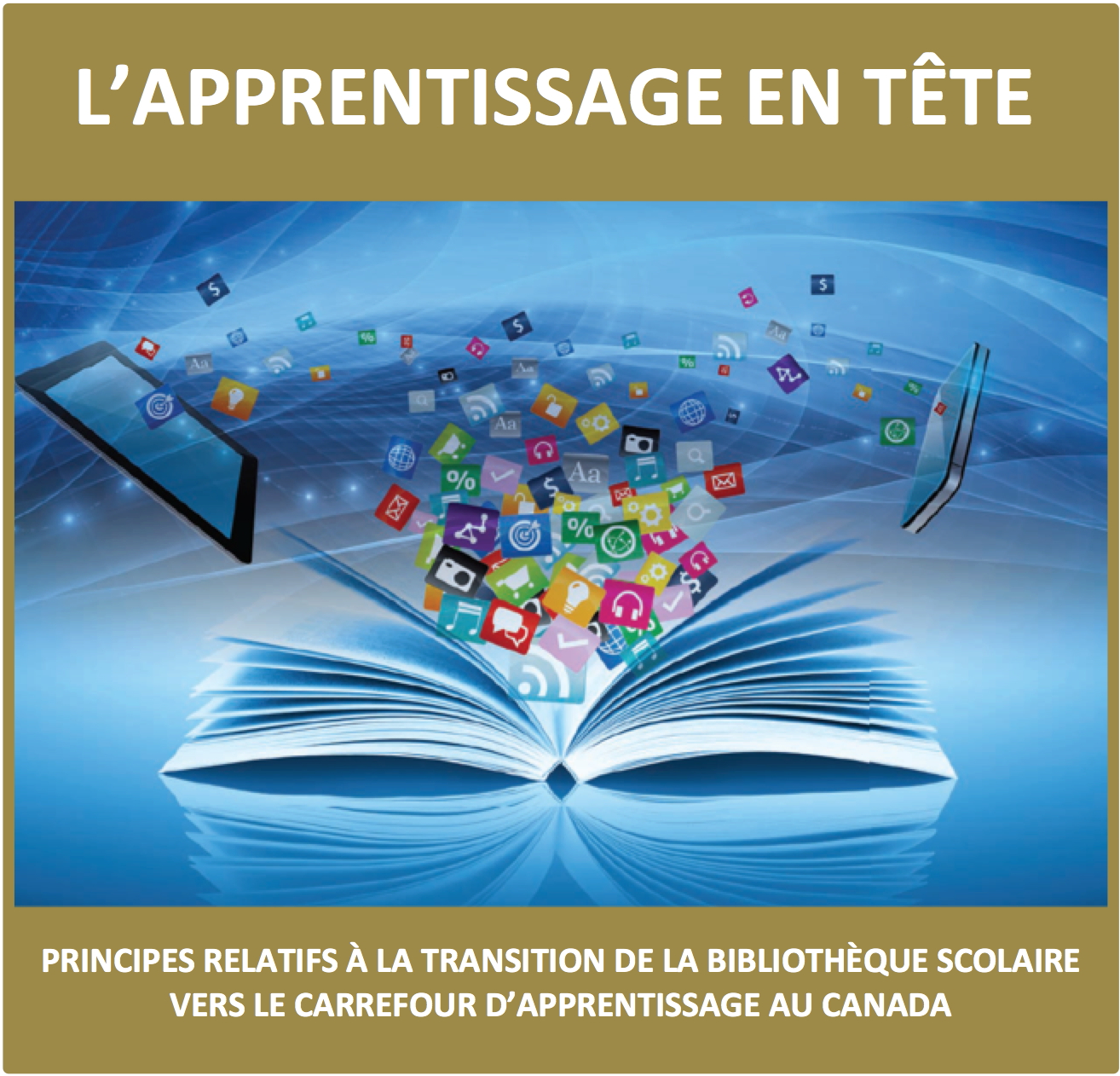Imagine a program where all learning is driven by inquiry, without the many constraints that we deal with, real or self-imposed. Inquiry can be untethered from the constraints of wired networks, school schedules, locations, access to resources, and available time. A rich inquiry does not need to be a full unit. Online applications foster rich collaboration. Library resources can be available anywhere, anytime via a rich virtual library learning commons. And a well thought-out framework for inquiry facilitates deeper learning. This was the premise of a workshop that Elaine MacKenzie and I presented at the Waterloo Goes Wireless conference held recently in the Waterloo Region District School Board.
The purpose of the conference was to facilitate conversations around the big ideas of having ubiquitous wireless access in schools – the transformative influence on the context of learning, and managing procedures around ethical use and digital citizenship.
Our Inquiry Untethered session focused on modeling an inquiry cycle where students develop questions, investigate information, synthesize understanding and express their new-found knowledge, all in the cloud, from wherever they have wireless access.
We created a model inquiry cycle based on the phases of guided inquiry from Together for Learning, and we used a Knowledge-Building Centre (KBC) template created by Carol Koechlin using Google Sites as a framework for the inquiry cycle. Our inquiry topic was the Titanic: the conference took place immediately after the 100th anniversary of the disaster, and the topic had garnered a lot of public interest. We had our hook.
What do we want you to notice about this framework?
- The Hook. The topic is open-ended and engaging. The home page of the KBC uses images to inspire deeper questioning.
- Phase 1 Exploring: We collected news stories and features about the 100th anniversary commemoration of the Titanic disaster. We used the online application Scoop-It, which presents the articles in a visually pleasing format. The advantage? Students can engage in the “pre-search” process. Developing richer questions and narrowing areas of focus depends on having more than the superficial knowledge of the topic that likely existed before this pre-search. Students are invited to share their questions on Linoit online sticky notes. Everyone can see all of the questions that evolve. There are opportunities to sort and classify using this application, and through this process refine and deepen questions. This phase is crucial. We often make assumptions about the level of prior knowledge that students have, or mostly don’t have, about a topic, and then are disappointed when they have trouble coming up with good questions, lines of inquiry and search terms. Taking time and framing learning at this stage empowers the whole process.
- Phase 2 Investigating: Now students are ready to explore deeper sources. Rather than setting them loose on the Internet or even in our subscription sources, we have suggested the best starting point, a database in our virtual collection. We have incorporated an information literacy mini-lesson on choosing the best source for the information need. We also have provided links to useful tools in our Library Learning Commons website for learning about selecting the best research starting point and developing search terms.
- Phase 3 Processing: Because of the way the whole inquiry has been framed, students are likely realizing that there are usually no easy answers. We explicitly ask students to think about varying points of view, perspectives and controversies, and link them to resources, again from our Library Learning Commons website, to help sort out these complexities. This is where graphic organizers are most effective, and we’ve pulled in several options for students to consider.
- Phase 4 Creating: Since our model is for a shorter inquiry cycle, the culminating task is concise. But conciseness does not mean superficiality. Look at the task. Students are asked to concisely summarize their findings. No opportunity for copy and paste here, or for death by texty-texty PowerPoint. Students have to find an image that represents their findings. An information literacy lesson is incorporated on using and citing Public Domain images. Meaningful, transferable learning, in context. Sharing learning is transparent, with all students contributing to a Google presentation. All sorts of extensions are possible for using these slides as talking points for oral presentations. Flexible options for using mobile devices are also given.
- So What? If creating the final product is where the unit ends, then the most powerful opportunity for learning has been lost. Revisiting our guiding question helps to put learning in context, identify and discuss the process and results of learning – metacognition – and transfer that self-knowledge to new learning situations.
What else should educators note about this model inquiry cycle?
The framework is specific to this inquiry cycle, but pulls in resources from our Library Learning Commons website and our virtual collections. Having a website rich in instructional supports means we don’t have to re-invent the wheel every time we build a lesson or unit. That our website has been collaboratively developed by teacher-librarians in our system means that the resources are directly relevant to our needs and to our context.
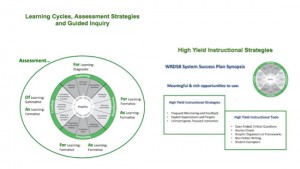
The For Teachers page makes connections to assessment strategies and the effective use of high-yield instructional tools.
We have connected the instructional approach to current knowledge and the expectations of our institution. Our For Teachers page connects current assessment practices to the phases of the inquiry cycle. It explains how our school board’s high yield instructional strategies are used to foster successful learning through the unit. We have made suggestions for teachers throughout the website for alternate approaches. The framework is very flexible – it can be used succuessfully for a short, one or two period “power inquiry” or to frame a longer unit with more extensive learning goals.
Does it seem like a lot of work? Good, thoughtful planning garners better results and deeper learning. The Knowledge-Building Centre is built on a template, which is a whole lot easier than starting from scratch. And you can even copy and adapt your existing site for your next unit. Not so hard, technically speaking, and definitely worth the effort!

